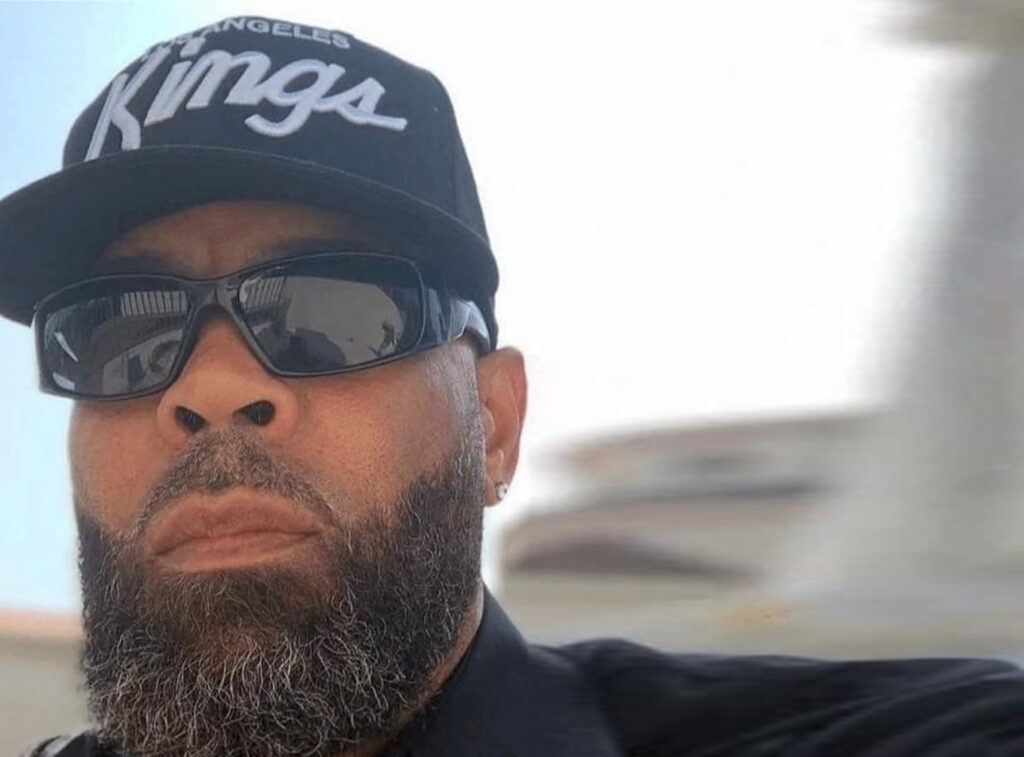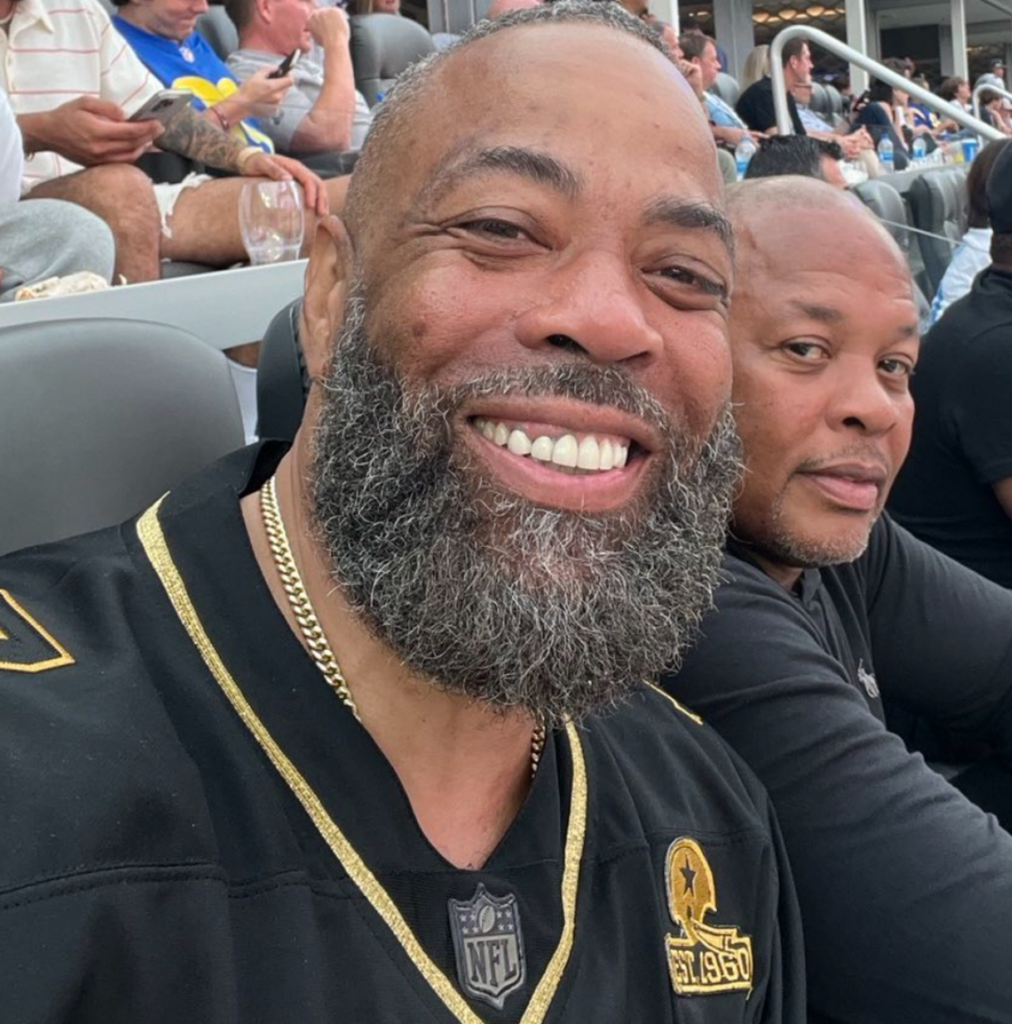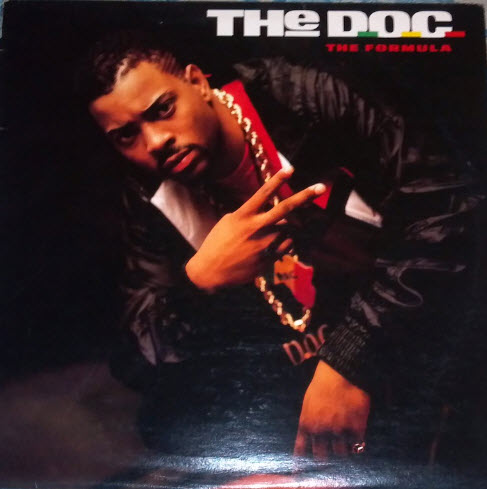
The late 80's and 90's hip-hop was on fire with rhythms and beats coming out of both the east and west. But it's the sound that was coming from Compton, CA that was hitting the hardest. From Dr. Dre and NWA to a newcomer named Tracy Lynn Curry, better known as the D.O.C., who was set to take the throne next.
His 1989 solo album No One Can Do It Better came on the heels of NWA’s breakout hit record, and it became a classic, going platinum and earning shout-outs from Jay Z, among many others.
In November of that year, just five months after the release of his debut album, Curry was involved in a near-fatal car crash. Driving home from a party, he fell asleep at the wheel and his car veered off the freeway. Curry, who was not wearing a seat belt, was thrown out the rear window, slamming face-first into a tree. His injuries required 21 hours of plastic surgery, and he spent 2½ weeks in the hospital. He could not speak for about a month, and he was left with a different, raspier voice. In a 2015 interview with DJ Vlad, Curry stated that he was under the influence of alcohol and cannabis and was actually pulled over before the accident but the police let him go.
When the arriving paramedics tried to insert a breathing tube, he fought them, which caused his larynx to be scarred. In a flash, his on-point melodic flow, hardcore delivery and command of a microphone seemed to be gone. It seemed that his career in front of the mic was over.
After the accident, the D.O.C. continued to write for N.W.A and contributed lyrics and minor vocals to their 1990 EP 100 Miles and Runnin', where he co-wrote all the songs except for "Just Don't Bite It" and "Kamurshol", and their final album Niggaz4Life.

The D.O.C. was the guy that came up with those great stories. He was probably the single most influential person in gangsta rap.
In 1991, the D.O.C. left Ruthless Records along with Dr. Dre and Michel'le to sign with newly founded Death Row Records. The D.O.C. also used his talents as one of the writers for Dr. Dre's debut solo album The Chronic, contributing to the tracks "Nuthin' but a G Thang", "Lil' Ghetto Boy", "A Nigga Witta Gun", "Lyrical Gangbang" and "Bitches Ain't Shit". He also appeared on the skit track "The $20 Sack Pyramid". He is referenced by name in "Nuthin' but a G Thang", and appears in the song's video as well. The liner notes to The Chronic say, "I want to give a special shout out to The D.O.C. for talking me into doin' this album." His name is mentioned by Snoop Dogg in the intro of the album. ("Peace to da D.O.C., still makin' it funky enough").

So what has he been up to now?
The D.O.C. would go on to ghostwrite big hits from Dr. Dre and Snoop Dogg, like "Nuthin’ But A ‘G’ Thang" and "The Next Episode." He still continues to write and even now perform again with a newfound voice--one that is raspy and not quite as strong, but it's still his voice nonetheless.
"It’s been a real struggle," says the 52-year-old D.O.C. "And I’m sure that I tried to commit suicide a whole bunch of times. Lots of drugs and alcohol, and not being able to do the one thing that you really love doing. It was a real struggle. But through all of it, I never turned my back on anybody. I never said anything ill of anybody. I love and have respect and admiration for everybody in my past. I don’t have any animosity toward anybody. And for God to tell me, He’s always put me in a position that I could do something special, and I’m really trying to do the right thing."
https://youtu.be/UiPbeIXZpD4?si=PqUrgp1g5mMznAGv
"I don’t have expectations anymore for anything," confesses the D.O.C. "The doctors told me that those vocal cords would never work. So the fact that they’re working means that there’s something bigger at play. And so I’m going to look at it from a spiritual perspective and know that I could be in the middle of a moment that’s not really of my doing or my planning, but it’s very positive, and it’s very powerful, so I’m going to just continue walking."
"You can’t make tones without the vocal cords. You have two different cords. You have the regular cords and falsetto cords. The cords that I’m using to talk to you with right now are falsetto cords. I use my regular ones to contract and vibrate and make a tone. Once they started working, then I could manufacture tones and notes. I can make harmonies. I can make music with my voice. It’s nowhere near as strong as it used to be. It’s super deep, and it’s a beginning. I wouldn’t say that I’m ready to start making records today. But the fact that they work and that I can manipulate it to make music, it means the world."








